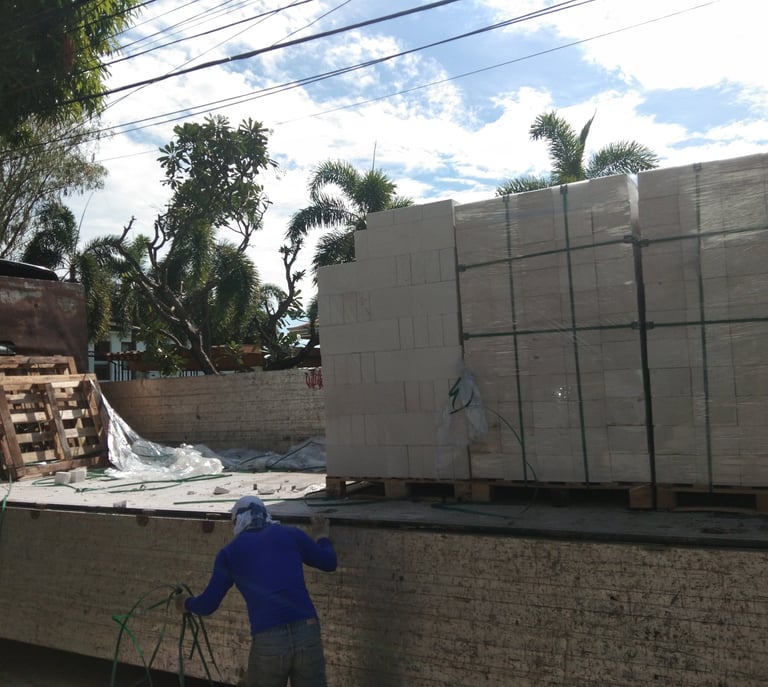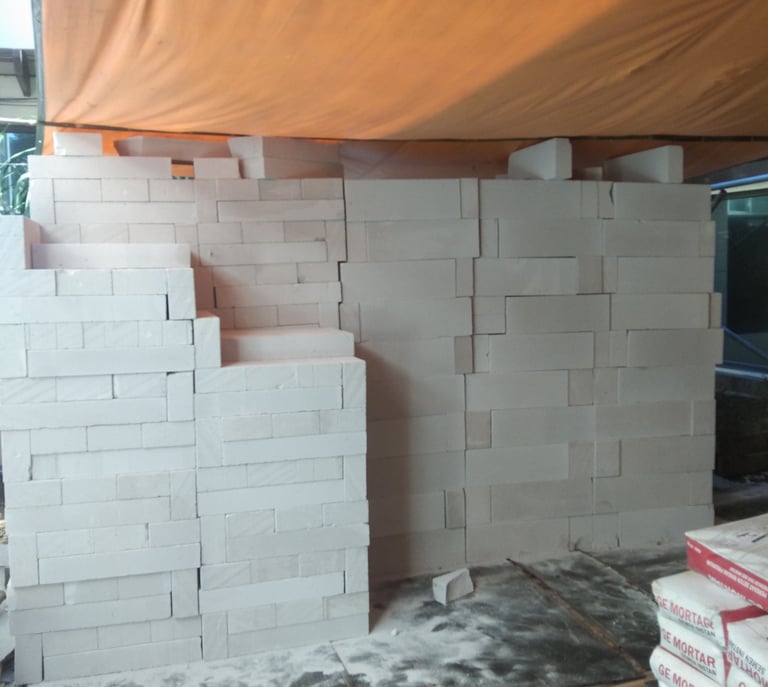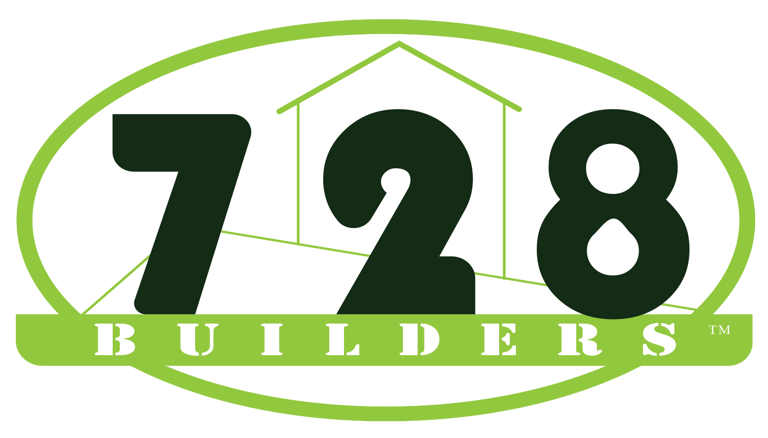AAC BLOCK VS HALLOW BLOCK
What is better durability or economical?
2/16/20243 min read


When it comes to house and building construction, choosing the right type of blocks is crucial for ensuring durability, stability, and overall structural integrity. Two commonly used types of blocks in construction are AAC (Autoclaved Aerated Concrete) blocks and Hollow blocks. Both have their own set of advantages and disadvantages, and choosing between them depends on various factors such as budget, location, design requirements, and long-term sustainability. In this comparison, we'll explore the characteristics of each type and evaluate their suitability for long-term use in house and building construction.
AAC Blocks: AAC blocks are lightweight, precast, concrete blocks that are made from sand, cement, lime, gypsum, and aluminum powder. These blocks undergo a chemical reaction during manufacturing, resulting in the formation of millions of tiny air pockets, which gives them their lightweight and insulating properties. AAC blocks are known for their high compressive strength, excellent thermal insulation, and fire resistance. They are also resistant to pests, mold, and mildew, making them ideal for use in humid climates.
One of the key advantages of AAC blocks is their lightweight nature, which makes them easier to handle, transport, and install compared to traditional concrete blocks. This can lead to reduced labor costs and construction time. Additionally, AAC blocks offer better thermal insulation properties than traditional concrete blocks, resulting in energy savings and improved comfort for occupants. Furthermore, AAC blocks are environmentally friendly, as they are made from sustainable materials and require less energy to produce compared to traditional concrete blocks.
However, AAC blocks also have some limitations. They are more expensive than traditional concrete blocks, which can be a deterrent for some builders. Additionally, AAC blocks require specialized equipment and skilled labor for installation, which may not be readily available in all areas. Moreover, AAC blocks have lower impact resistance compared to traditional concrete blocks, which may be a concern in areas prone to seismic activity or extreme weather conditions.
Hollow Blocks: Hollow blocks, also known as concrete masonry units (CMUs), are precast concrete blocks with hollow cores. They are typically larger and heavier than AAC blocks and are made from cement, sand, gravel, and water. Hollow blocks are widely used in construction due to their affordability, versatility, and ease of installation. They come in various sizes, shapes, and designs to suit different construction requirements.
One of the main advantages of hollow blocks is their affordability. They are cheaper to produce and purchase compared to AAC blocks, making them a cost-effective option for large-scale construction projects. Additionally, hollow blocks offer good compressive strength and durability, making them suitable for load-bearing walls and structural components in buildings. They also provide good sound insulation and fire resistance properties, although not as efficient as AAC blocks.
However, hollow blocks have some drawbacks as well. They are heavier and bulkier than AAC blocks, which can make handling and transportation more challenging. Moreover, hollow blocks have lower thermal insulation properties compared to AAC blocks, which can result in higher energy consumption for heating and cooling. Additionally, hollow blocks are more susceptible to moisture penetration, which can lead to issues such as efflorescence, mold growth, and deterioration over time.
Suitability for Long-Term Use: In terms of long-term use, AAC blocks generally have an edge over hollow blocks due to their superior thermal insulation, moisture resistance, and durability. While AAC blocks may have a higher initial cost, the long-term benefits in terms of energy savings, reduced maintenance, and extended lifespan outweigh the upfront investment. Additionally, AAC blocks offer better resistance to pests, mold, and mildew, which can prolong the lifespan of the building and ensure a healthier indoor environment for occupants.
Overall, both AAC blocks and hollow blocks have their own set of advantages and limitations, and the choice between them depends on various factors such as budget, design requirements, and local building codes. However, for long-term use in house and building construction, AAC blocks are generally considered to be more suitable due to their superior thermal insulation, moisture resistance, and durability.






